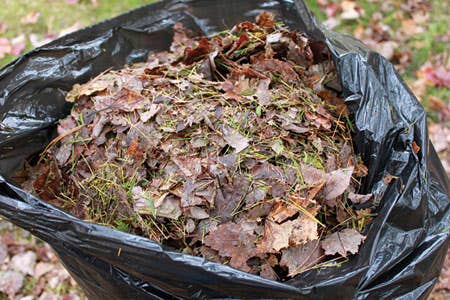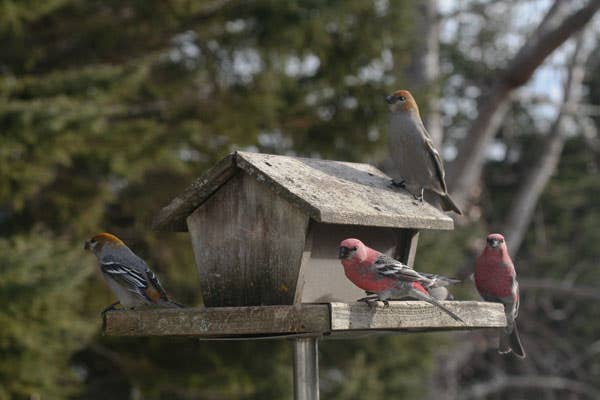Asian Lady Beetle
Also known as the Halloween lady beetle or Japanese lady beetle, the multicolored Asian lady beetle (Harmonia axyridis) was introduced to the United States in 1916 as a biological control…
Also known as the Halloween lady beetle or Japanese lady beetle, the multicolored Asian lady beetle (Harmonia axyridis) was introduced to the United States in 1916 as a biological control for aphids and scale insects. Despite multiple subsequent introductions, both intentional and accidental, the first naturalized population did not appear until 1988 near New Orleans. Louisiana. Since then, the species has established itself throughout the United States and the eastern provinces of Canada. According to the USDA, multicolored Asian lady beetles have considerably reduced pests in many crops, from fruit and grains to Christmas trees and ornamentals.
BIOLOGY: Adult beetles are oval, about 1/4 inch long and 3/16 inch wide, and come in shades of yellow, orange, or red. Black spots may or may not be present on their wing covers. In early spring, adults lay 500 to 700 yellow, oval eggs on the undersides of leaves. The black spiny larvae hatch in three to five days and immediately begin feeding on aphids, scale insects, and other soft-bodied insects. The larvae molt four times over a two-week period and then pupate. In five or six days, adulte emerge and continue consuming large numbers of plant pests. There are multiple generations per year, and adults live up to three years.
SYMPTOMS: In their native habitat, Asian lady beetles congregate and overwinter in the cracks and crevices of cliff faces. When a few adults find a good location, they release a pheromone that attracts other lady beetles. In the absence of cliffs, multicolored Asian lady beetles settle for sites in and around houses, congregating on outside walls, windows, doors, porches, and decks, especially on the sunny, warmer south and southwest sides of structures and light-colored surfaces that are white, gray, or yellow. This makes the species a nuisance during the fall months, especially when the adults find their way inside homes.
Asian lady beetles do not bite or sting, but when they are handled or disturbed, they ooze yellow-orange blood from the joints of their legs, a defense mechanism called reflex bleeding. The blood has an odor and will stain.
CONTROL: The simplest way to remove these beneficial insects from homes is to vacuum them up. You can capture them safely in a handkerchief or knee-high nylon stocking that's inserted in the wand or extension hose and secured with a rubber band. Once they're caught move them to a protected, unheated location, such as a detached garage or shed, where they can spend the winter. To prevent them from entering your home in the future, caulk or weatherstrip exterior cracks and other openings. Repair any damaged screens on windows, doors, and attic vents.







